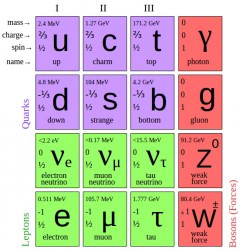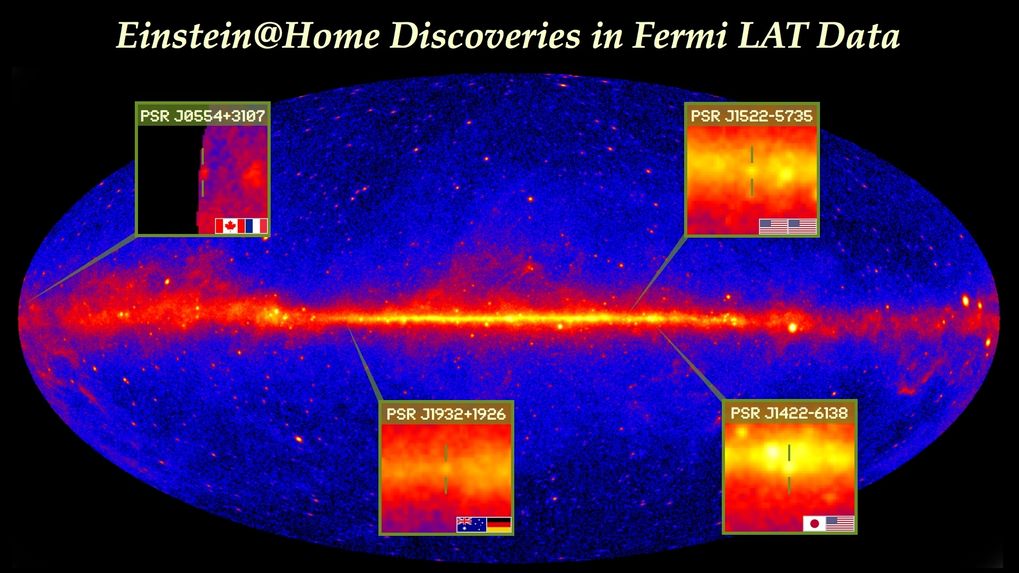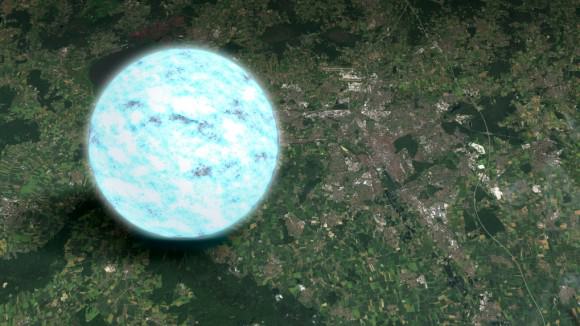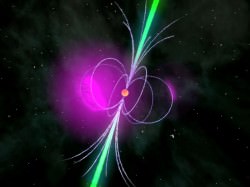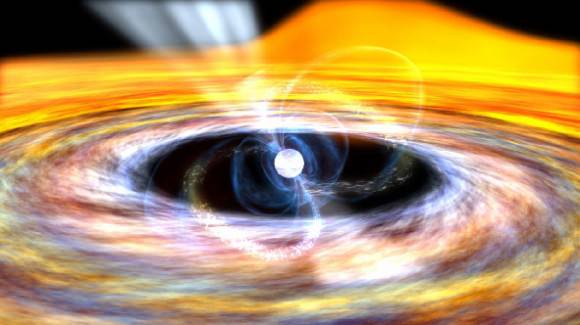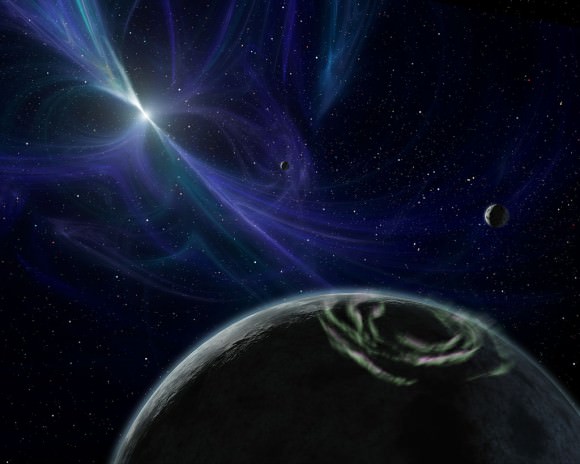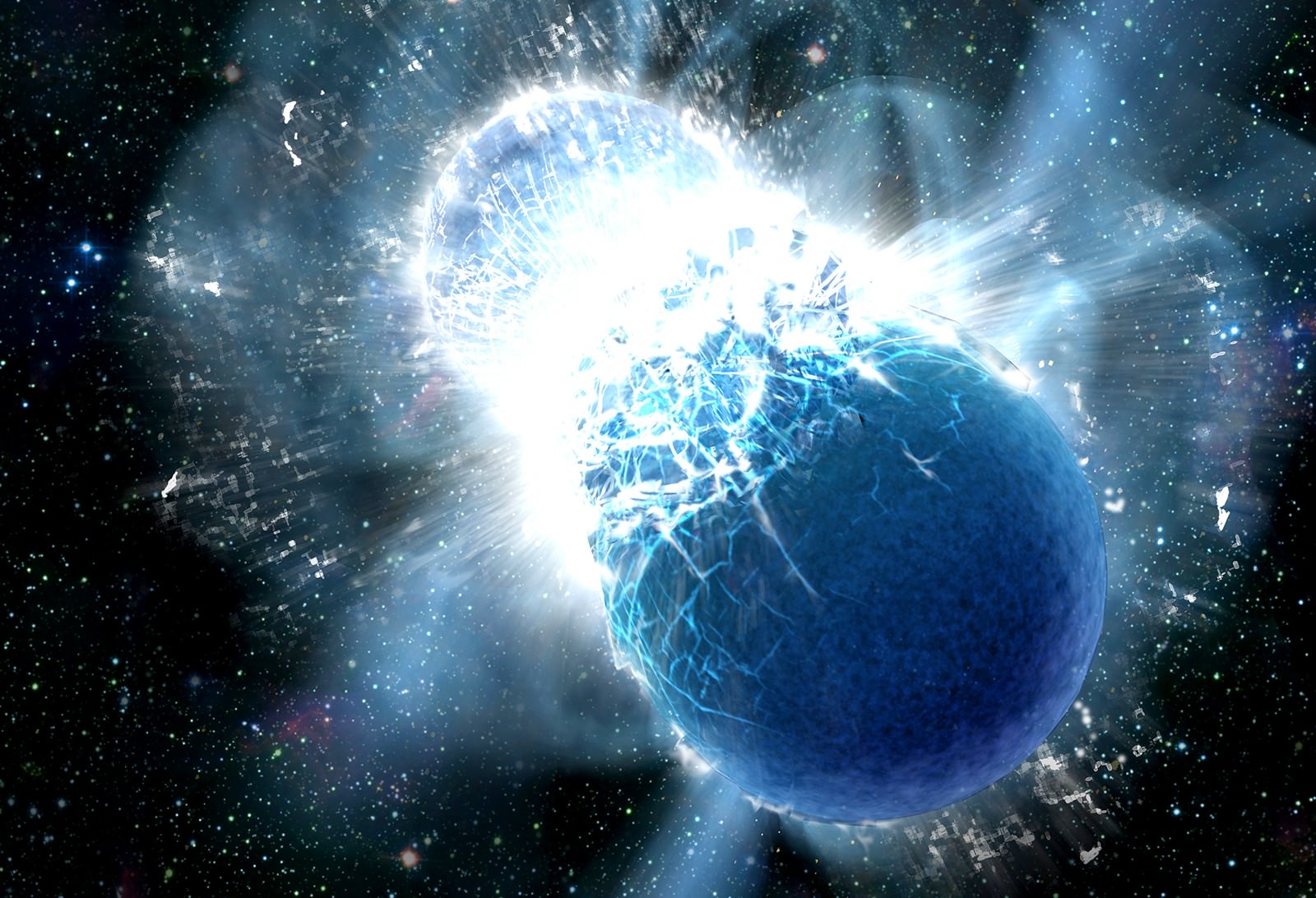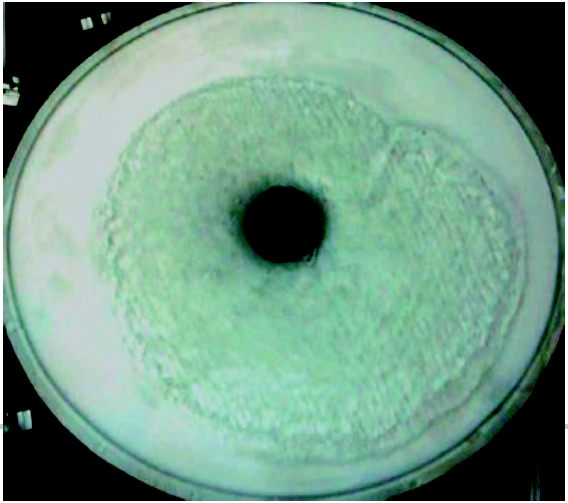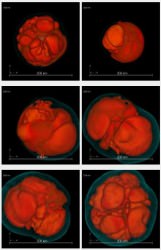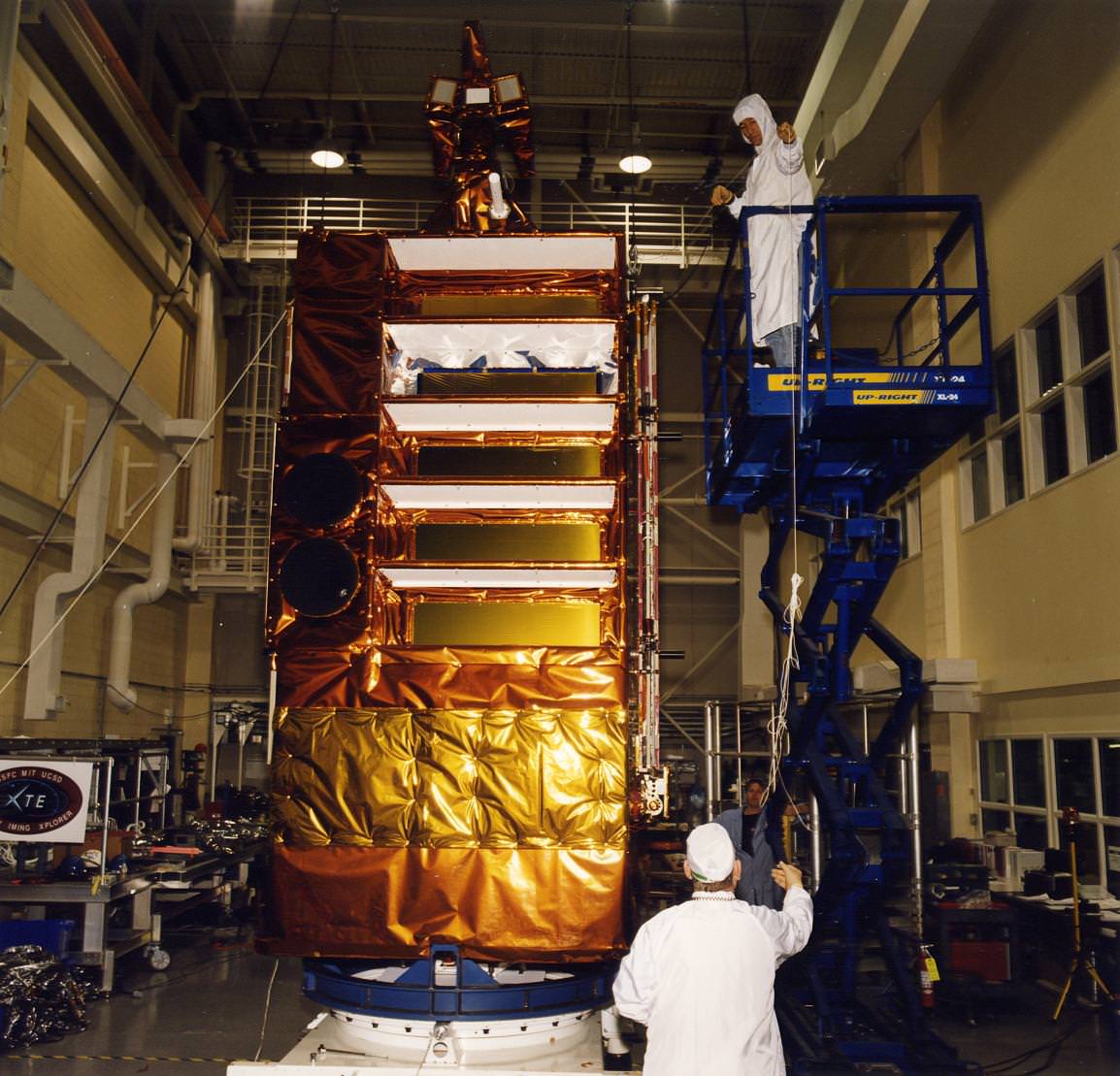Gamma ray bursts (GRBs) are some of the brightest, most dramatic events in the Universe. These cosmic tempests are characterized by a spectacular explosion of photons with energies 1,000,000 times greater than the most energetic light our eyes can detect. Due to their explosive power, long-lasting GRBs are predicted to have catastrophic consequences for life on any nearby planet. But could this type of event occur in our own stellar neighborhood? In a new paper published in Physical Review Letters, two astrophysicists examine the probability of a deadly GRB occurring in galaxies like the Milky Way, potentially shedding light on the risk for organisms on Earth, both now and in our distant past and future.
There are two main kinds of GRBs: short, and long. Short GRBs last less than two seconds and are thought to result from the merger of two compact stars, such as neutron stars or black holes. Conversely, long GRBs last more than two seconds and seem to occur in conjunction with certain kinds of Type I supernovae, specifically those that result when a massive star throws off all of its hydrogen and helium during collapse.
Perhaps unsurprisingly, long GRBs are much more threatening to planetary systems than short GRBs. Since dangerous long GRBs appear to be relatively rare in large, metal-rich galaxies like our own, it has long been thought that planets in the Milky Way would be immune to their fallout. But take into account the inconceivably old age of the Universe, and “relatively rare” no longer seems to cut it.
In fact, according to the authors of the new paper, there is a 90% chance that a GRB powerful enough to destroy Earth’s ozone layer occurred in our stellar neighborhood some time in the last 5 billion years, and a 50% chance that such an event occurred within the last half billion years. These odds indicate a possible trigger for the second worst mass extinction in Earth’s history: the Ordovician Extinction. This great decimation occurred 440-450 million years ago and led to the death of more than 80% of all species.
Today, however, Earth appears to be relatively safe. Galaxies that produce GRBs at a far higher rate than our own, such as the Large Magellanic Cloud, are currently too far from Earth to be any cause for alarm. Additionally, our Solar System’s home address in the sleepy outskirts of the Milky Way places us far away from our own galaxy’s more active, star-forming regions, areas that would be more likely to produce GRBs. Interestingly, the fact that such quiet outer regions exist within spiral galaxies like our own is entirely due to the precise value of the cosmological constant – the factor that describes our Universe’s expansion rate – that we observe. If the Universe had expanded any faster, such galaxies would not exist; any slower, and spirals would be far more compact and thus, far more energetically active.
In a future paper, the authors promise to look into the role long GRBs may play in Fermi’s paradox, the open question of why advanced lifeforms appear to be so rare in our Universe. A preprint of their current work can be accessed on the ArXiv.



